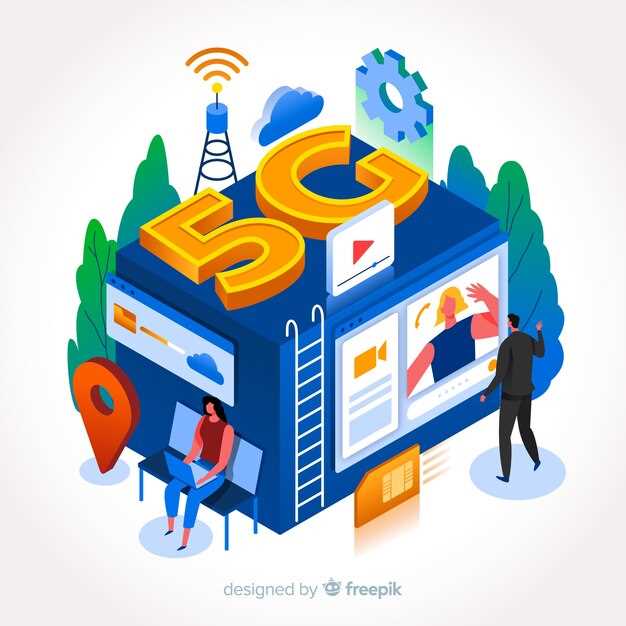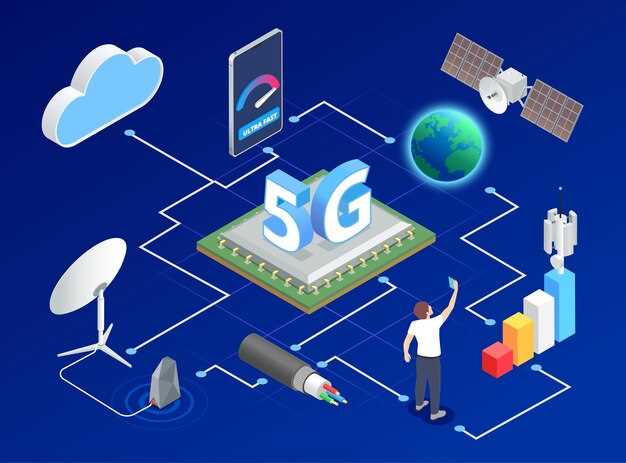
The advent of 5G technology is set to revolutionize various automotive applications, particularly in the realm of vehicle-to-vehicle (V2V) communication. This cutting-edge technology promises to enhance the safety, efficiency, and overall driving experience by facilitating instantaneous data exchange between vehicles. With ultra-low latency and high bandwidth, 5G networks can support complex communication protocols that enable real-time interaction among vehicles on the road.
One of the primary advantages of 5G in V2V communication is its ability to significantly reduce latency, which is critical for applications that require immediate responses, such as collision avoidance systems. This improvement allows vehicles to share vital information about their speed, direction, and road conditions with each other, thereby creating a more cohesive traffic flow and reducing the likelihood of accidents. Enhanced connectivity also facilitates smoother integration with other smart technologies that are becoming increasingly prevalent on the roads.
Moreover, the increased capacity of 5G networks can accommodate a higher volume of connected vehicles simultaneously. This capability is essential as the number of devices on the road continues to rise, driven by the expansion of the Internet of Things (IoT). As more vehicles become equipped with advanced communication systems, the role of 5G becomes even more critical in managing the complex web of interactions required for safe and efficient driving.
In conclusion, the implementation of 5G technology in vehicle-to-vehicle communication represents a significant leap forward in automotive innovation. By improving safety, efficiency, and vehicle connectivity, 5G not only enhances the current automotive ecosystem but also lays the groundwork for the future of autonomous driving and smart transportation systems.
How 5G Technology Improves Real-Time Data Sharing Between Vehicles
The advent of 5G technology marks a significant leap in the capabilities of vehicle-to-vehicle (V2V) communication. This next-generation network enhances real-time data sharing by providing ultra-low latency, increased bandwidth, and improved connectivity, which are crucial for the seamless exchange of information between vehicles.
Ultra-Low Latency is one of the most critical improvements facilitated by 5G. With latencies reduced to as low as 1 millisecond, vehicles can instantly share important information such as speed, direction, and braking status. This rapid communication is vital for applications like collision avoidance systems, where every millisecond counts in ensuring safety on the roads.
Additionally, Increased Bandwidth allows for the transmission of large data packets without congestion. 5G can support up to one million devices per square kilometer, enabling multiple vehicles to communicate simultaneously without a decrease in performance. This capacity is particularly beneficial in densely populated urban areas where vehicle density is high, ensuring that traffic data, road conditions, and other critical information are shared among all vehicles without delays.
Improved Connectivity is another key enhancement that 5G brings to V2V communication. The advanced network infrastructure provides better coverage and reliability, especially in challenging environments like tunnels or mountainous regions. This reliability ensures that vehicles can maintain continuous communication, allowing for the effective coordination of movement, traffic flow optimization, and, ultimately, enhanced road safety.
5G technology also supports Edge Computing, which enables processing data closer to the source rather than sending it to a centralized cloud. This capability enhances response times and reduces the amount of data required to be transmitted over the network. As a result, vehicles can analyze critical information in real-time, making immediate decisions based on current road conditions and potential hazards.
Overall, the integration of 5G technology in vehicle-to-vehicle communication provides a robust framework for real-time data sharing, significantly enhancing safety, efficiency, and overall driving experience. As these innovations continue to evolve, the future of connected vehicles appears more promising than ever.
Implementing Safety Features in V2V Communication with 5G Networks

Vehicle-to-vehicle (V2V) communication systems are crucial for enhancing road safety and reducing accidents. The integration of 5G networks into V2V communication enables real-time data exchange between vehicles, allowing them to respond to potential hazards more quickly and accurately than ever before.
One of the primary safety features that can be implemented with 5G is the immediate broadcast of vehicle status information, including speed, direction, and braking status. This information allows nearby vehicles to anticipate the actions of others, reducing the likelihood of collisions. The low latency of 5G ensures that this data is transmitted in near real-time, which is essential for dynamic driving environments.
Moreover, 5G enhances the capabilities of advanced driver-assistance systems (ADAS) by providing a robust network for sharing critical safety data. For instance, vehicles can share information about road conditions, obstacles, and traffic signals, which can be crucial for autonomous driving systems. This capability allows vehicles to optimize their routes and adjust their behaviors to ensure safer travel.
Another significant safety feature is the implementation of cooperative awareness messages (CAMs) that alert drivers to potential hazards in their vicinity. By leveraging 5G, these messages can be disseminated rapidly among vehicles, allowing drivers to make informed decisions based on comprehensive situational awareness. This feature is particularly important in scenarios such as merging onto highways or navigating dense urban areas.
Furthermore, 5G networks facilitate the use of edge computing, which allows for processing data closer to the vehicles. This reduces the time required for data analysis and feedback, enabling faster decisions on the road. For example, if a vehicle detects an imminent crash, it can instantly warn surrounding vehicles and activate safety measures such as automatic braking or evasive steering.
Incorporating machine learning algorithms into the V2V communication framework can also enhance safety. These algorithms can analyze patterns of behavior among vehicles to predict potential accidents. Such predictive analytics, combined with the high-speed data transfer capabilities of 5G, can provide proactive safety measures to drivers and automated systems alike.
In conclusion, the integration of 5G technology into V2V communication not only enhances existing safety features but also paves the way for innovative solutions that can significantly reduce the number of road incidents. By enabling immediate communication, fostering collaborative awareness, and utilizing advanced data processing, 5G is set to redefine safety standards in the automotive industry.
Addressing Latency Issues in Vehicle-to-Vehicle Systems Using 5G

The advancement of Vehicle-to-Vehicle (V2V) communication technology is crucial for enhancing road safety and traffic efficiency. One of the primary challenges faced by V2V systems is latency, which can severely impact the effectiveness of real-time communication between vehicles. 5G technology presents a solution to this issue through its low-latency capabilities.
Low Latency Characteristics: 5G networks are designed to support ultra-reliable low latency communication (URLLC), with latencies as low as 1 millisecond. This is a significant improvement compared to previous generations like 4G, which typically experiences latencies around 30-50 milliseconds. Such reductions in latency are critical for V2V applications that require instantaneous data exchange, such as collision avoidance systems and adaptive traffic signal control.
Edge Computing Integration: Another advantage of 5G is its compatibility with edge computing. By processing data closer to the source, latency can be minimized, as vehicles can receive and transmit information without relying on distant data centers. Implementing edge computing allows for real-time analytics and quicker decision-making, which is vital for responsive V2V systems.
Network Slicing: 5G introduces network slicing, enabling the creation of virtual networks tailored for specific applications, including V2V communication. This technology allows prioritization of V2V data packets over traditional mobile traffic, ensuring that critical signals are transmitted with minimal delay, which is essential during emergencies or in dense traffic conditions.
Enhanced Signal Processing: The technologies within the 5G architecture, such as massive MIMO (Multiple Input Multiple Output) and advanced beamforming techniques, enhance signal clarity and reduce transmission errors, further minimizing latency. These innovations ensure that vehicles can communicate more effectively even in challenging environments such as urban areas with numerous obstacles.
Collaboration with Intelligent Transportation Systems (ITS): 5G can facilitate better integration with Intelligent Transportation Systems. Real-time data sharing between vehicles and infrastructure allows for coordinated responses to traffic dynamics. This synergetic approach significantly reduces the time taken for vehicles to react to impending hazards, thereby lowering the chances of accidents.
Addressing latency issues in V2V systems with 5G technology is a foundational step towards realizing the potential of connected vehicles. By leveraging ultra-low latency, edge computing, network slicing, improved signal processing, and collaboration with ITS, the automotive industry can enhance the safety and efficiency of future transportation networks.

